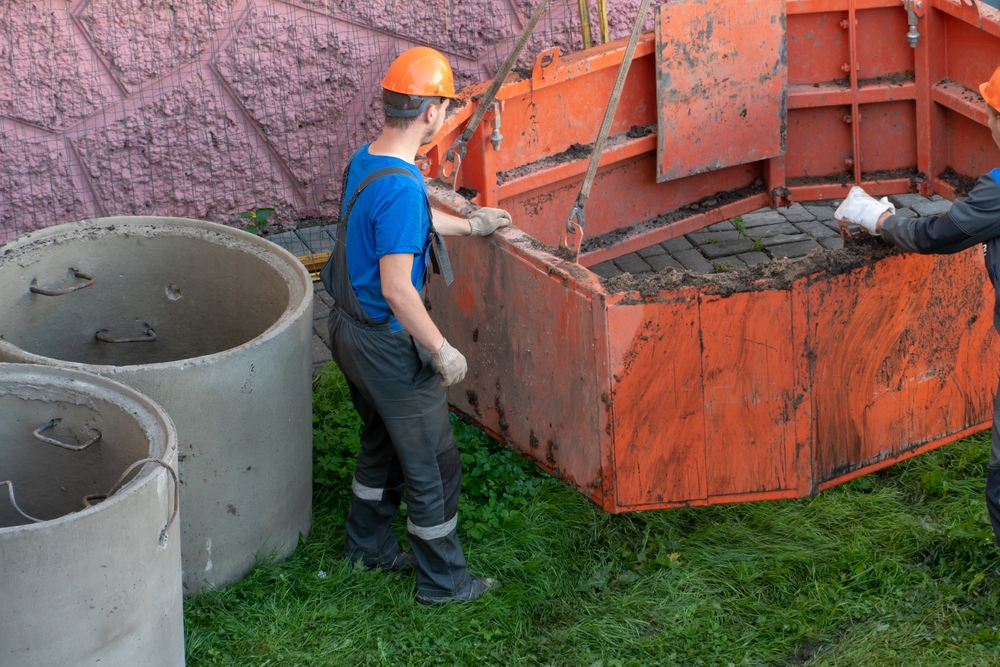When your sewer line fails, deciding how to repair it can feel overwhelming. For decades, the only option was traditional digging. Crews would excavate your yard, remove the damaged pipes, and install new ones. While effective, this method came with a big price—torn landscapes, long repair times, and high restoration costs.
Today, there’s a better alternative: trenchless sewer replacement. This innovative technology allows plumbers to repair or replace underground pipes with minimal digging and disruption. But how does it really compare to traditional excavation? And which option makes the most sense for your home?
Let’s explore both methods in detail to help you make an informed, confident decision.
Understanding Trenchless Sewer Replacement
What It Is and How It Works
Trenchless sewer replacement is a modern technique designed to repair or replace damaged sewer lines without major excavation. Instead of digging long trenches, plumbers create two small access points—one at the start and one at the end of the pipeline.
Through these openings, specialized tools are used to either line the existing pipe (known as pipe lining) or replace it completely (known as pipe bursting). Both methods restore your sewer system without disturbing the surface above.
This approach saves time, preserves your property, and provides a durable, long-lasting solution. For homeowners who value efficiency and minimal disruption, trenchless sewer replacement has quickly become the preferred choice.
Why It’s Gaining Popularity
The convenience of trenchless technology has made it especially popular in urban and suburban areas. Modern homes often have driveways, patios, or landscaped yards that homeowners don’t want to dig up. Trenchless replacement keeps these features intact while still fixing the problem underground.
It’s not just about convenience—it’s also about cost, durability, and long-term performance. Many homeowners find that while the initial price may seem higher, the overall savings make this method far more economical.
Traditional Digging Explained
The Old Way of Doing Things
Traditional sewer line replacement is the classic approach that involves digging a trench along the length of the damaged pipe. Workers remove the old pipe, install a new one, and then refill the trench. It’s a straightforward method that’s been used for generations.
However, it’s also messy and time-consuming. The process often damages lawns, gardens, sidewalks, and even driveways. Once the new pipe is installed, you’re left with the additional expense of repairing everything that was dug up.
When Traditional Digging Still Works
Despite its drawbacks, traditional digging still has its place. In cases where pipes are completely collapsed, severely misaligned, or located very close to the surface, excavation might be necessary. It also allows for full visual inspection and manual replacement of the pipe.
For older properties with complicated underground layouts, traditional methods can sometimes provide better access. But for most modern homes, trenchless sewer replacement offers a cleaner and faster solution.
Comparing Cost and Value
Initial Cost vs Long-Term Savings
At first glance, traditional sewer repair might appear cheaper. The upfront cost of excavation can be lower, especially if you have easy access to the damaged area. However, once you factor in the expenses of landscaping, concrete repair, and cleanup, the total cost often exceeds that of trenchless replacement.
Trenchless sewer replacement, on the other hand, may have a slightly higher base price but eliminates most of these secondary costs. You won’t need to spend thousands fixing your yard or replacing plants and driveways. In the long run, it’s a more cost-effective investment.
Durability and Maintenance
Trenchless methods use modern materials like epoxy resin or high-density polyethylene (HDPE), which resist corrosion, leaks, and root intrusion. These materials can last up to 50 years or more. Traditional methods often rely on standard PVC or metal pipes, which may degrade faster over time.
This means fewer repairs and lower maintenance costs in the future. The durability of trenchless systems adds significant value and peace of mind for homeowners.
The Time Factor: How Long Each Method Takes
Speed of Trenchless Technology
When it comes to repair time, trenchless sewer replacement is the clear winner. Most projects can be completed in just one or two days. Since there’s no need for large-scale digging, the process is streamlined and efficient.
This speed also means less disruption to your daily routine. You won’t have to live with an open trench in your yard for weeks or worry about noisy construction equipment outside your home.
The Delays of Traditional Digging
Traditional digging takes much longer. Excavation alone can take several days, depending on soil type and pipe depth. After the new pipe is installed, additional time is needed for backfilling and property restoration.
Weather can also delay traditional projects. Rain or freezing temperatures can halt work and extend repair times. For busy homeowners, this extended timeline can be inconvenient and frustrating.
Environmental and Property Impact
The Eco-Friendly Advantage of Trenchless Methods
Trenchless sewer replacement is far more environmentally friendly than traditional digging. Because it requires minimal excavation, it reduces soil disturbance and prevents damage to surrounding trees and vegetation. Less heavy machinery also means lower emissions and reduced energy use.
This process also produces less waste since the old pipes often remain underground, serving as a guide for the new ones. For environmentally conscious homeowners, trenchless repair aligns with sustainable living practices.
Traditional Digging and Property Disruption
Excavation can significantly disturb the environment. It often damages root systems, releases soil contaminants, and disrupts local ecosystems. Moreover, restoring your property after digging can require new materials and additional energy.
The visual impact is another concern. A large trench running through your yard can take weeks to fix, leaving your property looking like a construction zone. Trenchless sewer replacement, by contrast, keeps your landscape intact from start to finish.
Longevity and Performance Comparison
Strength and Reliability
Trenchless systems are built to last. The materials used in trenchless pipes are corrosion-resistant and seamless, reducing the chance of leaks or cracks. These pipes can withstand pressure, ground movement, and temperature changes better than traditional options.
Traditional repairs can still provide long-lasting results, but they’re more vulnerable to corrosion and shifting soil. Over time, these factors can lead to cracks, leaks, and costly repairs.
Maintenance Over the Years
Homeowners who choose trenchless sewer replacement often enjoy a maintenance-free experience for decades. The smooth interior of the new pipe lining prevents buildup and allows for better water flow.
In contrast, traditional pipes may require regular cleaning and occasional repairs. For those who want a worry-free solution, trenchless technology provides lasting reliability.
Which Method Should You Choose?
Factors to Consider
The best choice depends on several factors, including the condition of your current pipes, soil type, and property layout. If your sewer line is shallow, easily accessible, and not under concrete or landscaping, traditional digging may still be practical.
However, if your home has extensive landscaping, driveways, or structures above the pipeline, trenchless sewer replacement is the smarter option. It’s faster, cleaner, and ultimately more cost-effective.
Consulting the Experts
Before deciding, schedule a professional sewer inspection. Plumbing experts can use camera technology to assess your pipe’s condition and recommend the most suitable method. Their advice ensures you make the right decision for both your home and your budget.
In most cases, trenchless technology offers the ideal balance of efficiency, durability, and environmental friendliness—making it the preferred choice for modern homeowners.
Modern Technology Wins the Battle
When comparing trenchless sewer replacement and traditional digging, the difference is clear. Trenchless technology provides a smarter, faster, and cleaner way to fix damaged pipes. It preserves your property, reduces long-term costs, and delivers lasting results.
While traditional excavation still has its place for certain severe cases, trenchless methods represent the future of sewer repair. They combine advanced technology with practical benefits that make life easier for homeowners.
If you value your time, your landscape, and your peace of mind, trenchless sewer replacement is the clear choice. It’s the modern solution for modern homes.



